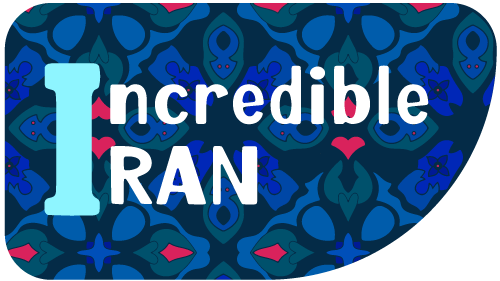Hidden Gems: The Unique Attributes of 15 Iranian Cities
Every city around the world has its unique characteristics. While these traits might be found in other cities globally, narrowing our focus to a specific country reveals fascinating and noteworthy details. In Iran, each city is known for something distinctly its own. Among these, some cities stand out for their particularly unique or even strange features, which can be intriguing and surprising. If you're as curious as we are to learn about these unique Iranian cities and their exclusive characteristics, join us as we explore the 15 unique features of Iranian cities.
What you will read in this article:
Andimeshk: The Tastiest Southern Dishes
Andimeshk, a city in northern Khuzestan, is renowned for having the most delicious food in southern Iran. It also boasts three dams: Karkheh, Dez, and Balarood, which collectively provide over 80% of the country’s electricity. Its unique feature is being the only city in the Middle East with three world-renowned dams.
Tabriz: The City Without Beggars
Tabriz, a major city in East Azerbaijan, is historically significant. Its unique feature is the absence of beggars, a rarity in large cities.
Kish: The City Without Traffic Lights
Kish Island, a popular tourist destination in the Persian Gulf, is known for not having traffic lights, similar to Paveh.
Exploring Iran
Special Tours to Iran for English Speakers
Exclusive Tours in English: a journey to the heart of Iran's history and culture.
in your
Native language
